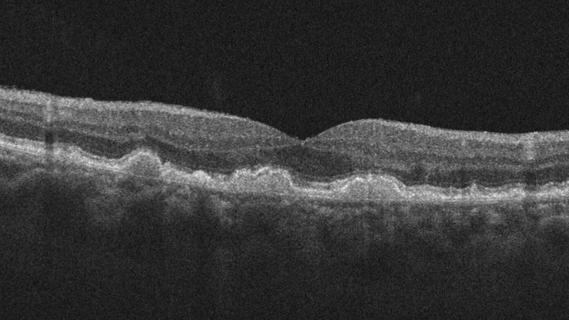Advertisement

From dryness to diagnosis

Husni Lab focuses on transforming management and treatment

Multiple comorbidities are associated with pediatric psoriasis

Untreated seropositive erosive RA led to peripheral ulcerative keratitis
Advertisement
Cleveland Clinic is a non-profit academic medical center. Advertising on our site helps support our mission. We do not endorse non-Cleveland Clinic products or services. Policy

New clinic meets Hispanic patients where they are

Experienced clinicians can bridge traditional care gap

Advancements lead to a new trial involving autoimmune disease

Early data show risk is 73% higher in patients with lupus, 40% higher in patients with rheumatoid arthritis

Treatment strategies require understanding of pathomechanisms

Multidisciplinary care for patients with immune-related adverse events
Advertisement
Advertisement